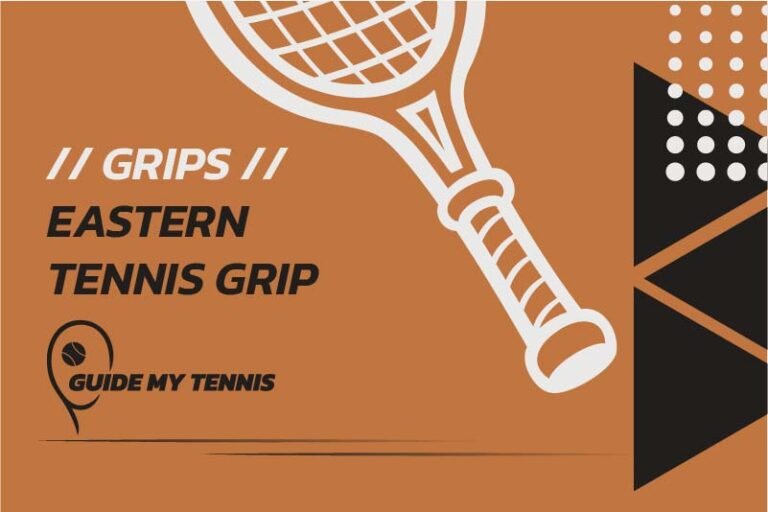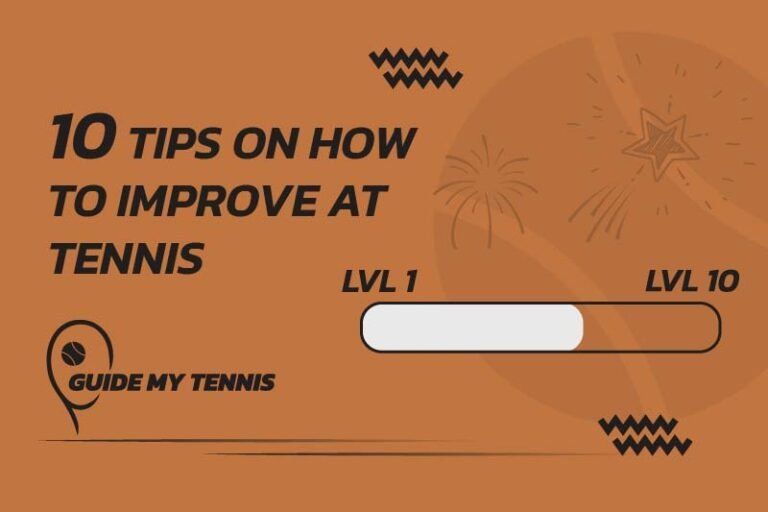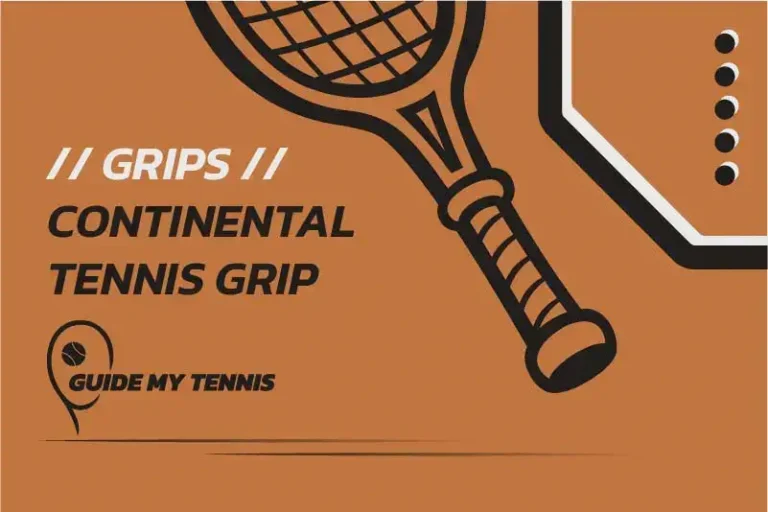Adopting the Semi-Western Grip – Tennis Grips Explained
Excited to learn about the weapon of many ATP and WTA players? The Semi-Western grip is a popular choice, producing the perfect combination of power and spin. Scroll down to learn more about this.
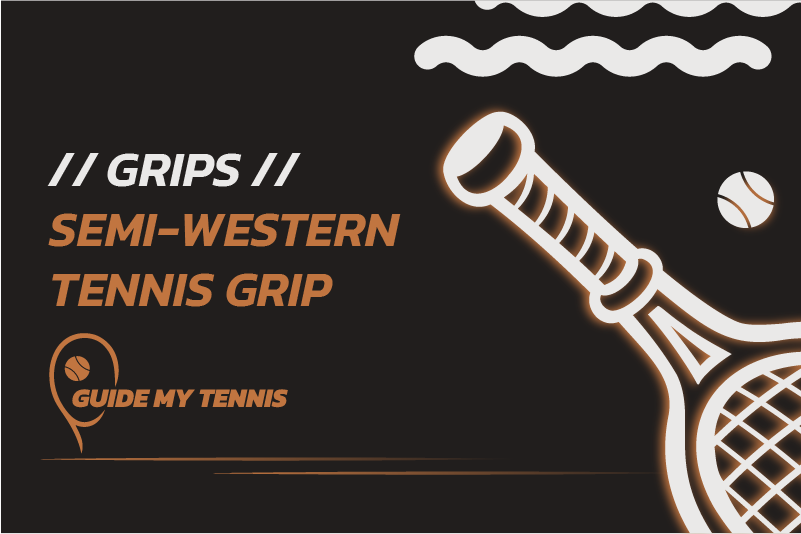
This blog is dedicated to the Semi-Western Grip, a tennis grip that has soared in popularity in recent years. It has many variations and is adopted by players of all levels, be it professionals or club players.
In this blog, this grip will be put under the limelight and examined closely.
Remember the Bevels
As mentioned in other blog posts, the tennis racket anatomy states that the handle is comprised of 8 points. The sides of the 8-pointed shape are called bevels. We place our hands around the handle, and put our fingers on the different bevels, creating different grips in the process.
For ease of reference, we take note of the placement of the index knuckle and the heel pad of the hand. Their placement enables tennis players to understand the difference between the grips easily.
The bevels are numbered 1 through 8 going clockwise for right-handed players. For left-handed players, these go counterclockwise. Bevel #1 will be the bevel facing up if you were to hold your racket perpendicular to the ground. This way, even left-handed players are able to follow this blog.
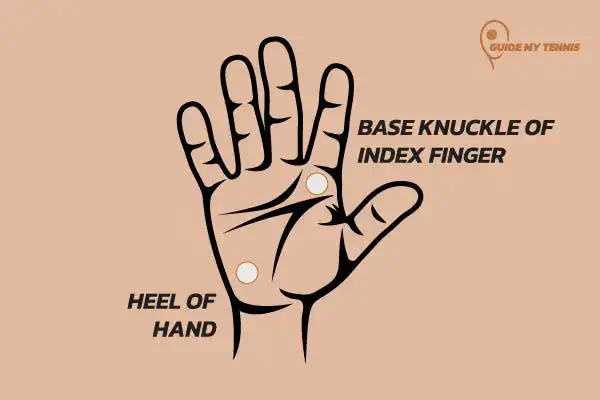

What is the Semi-Western Grip?
The Semi-Western tennis grip is utilised by many players today. Professional ATP and WTA players have also adopted their own versions of the grip. This has created many variations which offer the best-personalised feel for a balanced mix of power and spin.
As a grip, it is used by players of all styles, so counterpunchers and aggressive baseliners can use it to deliver from the baseline. They also have an easier time transitioning to the Eastern forehand grip (when compared to the full Western grip), making net play more possible. Some may argue that the transition may not be as smooth, but this tends to improve over time. Alcaraz would argue it’s super easy, but hey, not everyone is like you Carlitossss!
How do you get the Semi-Western Grip?
To hold your racket with a Semi-Western, you should place your heel pad and index knuckle on bevel number four. Of course, always begin the process by holding the racket at the throat with your non-dominant hand. Always hold the racket waist high and perpendicular to the ground so you are looking down at bevel number one. Then move clockwise to bevel number four, resting your heel pad and index knuckle on bevel number four. And there you have it, a Semi-Western tennis grip.
If you’re struggling to find the perfect Semi-Western grip, here’s a suggestion… Put your racket flat on the ground, and pick it up. Keep it parallel to the ground and automatically, you got yourself a variation between the Eastern and Semi-Western.
Advantages of the Semi-Western Grip
- Can generate decent levels of topspin
- Provides versatility between flat and topspin shots
- Can be used to hit short topspin angled shots
- Fares well against high balls
Disadvantages of the Semi-Western Grip
- Difficult to use when receiving low balls
- Some may find it difficult to switch to the Continental Grip when approaching the net
Technical Analysis of the Semi-Western Grip
Biomechanics of the Grip
The Semi-Western Grip has soared in popularity mainly because of the versatility it provides. This versatility in spin and power comes from the way energy is facilitated from the body to the racket. The closed face of the racket also allows the racket to generate topspin.
Players using this type of grip must keep their wrists natural and free. It allows for a faster racket head swing. Of course, this must be coupled with a forearm pronation and wrist flexion that is heavier in terms of load when compared to the Eastern Grip. Once the ball is hit, the racket will follow its natural trajectory, one that is high and will finish over the opposite shoulder. This grip relies heavily on the twisting of the wrist and the forearm muscles because the racket must make contact with the ball in a brushing motion. A motion that will of course generate a high level of spin.
Effects on Shot Making
In terms of shot-making, the Semi-Western grip is perfect for baseline rallies. It delivers the right amount of spin with power. However, it is also versatile enough to hit angled shots with enough spin on the ball to make it dip into the court and achieve a high net clearance.
This type of play is synonymous with greater ball control and a higher chance of dictating play.
With regards to hitting low balls and volleys, the grip’s closed nature makes things particularly tricky. For volleys, players will often find themselves bending their knees more than usual and using an upward swing to lift the ball over the net. This is perhaps not the best technique out there for hitting volleys, but that is how it must be for net play with the Semi-Western Grip.
Tactical Considerations
To be honest with you, the tactical considerations about this grip are quite straightforward and have already been mentioned once or twice in other sections. Given that the ball is whipped, a high net clearance with decent levels of topspin generated by the brushing effect of the racket on the ball is expected. Aggressive baseliners will use this to dictate play, while counterpunchers will use this to tire their opponents with deep balls
The ultimate punchline for this grip is the versatility it provides when it comes to hitting close, angled shots. A feat that is considered to be a weapon of destruction for opponents. The only way that you can be countered is either through sheer power from your opponents’ groundstrokes or by receiving super low balls with very little room to generate spin.



